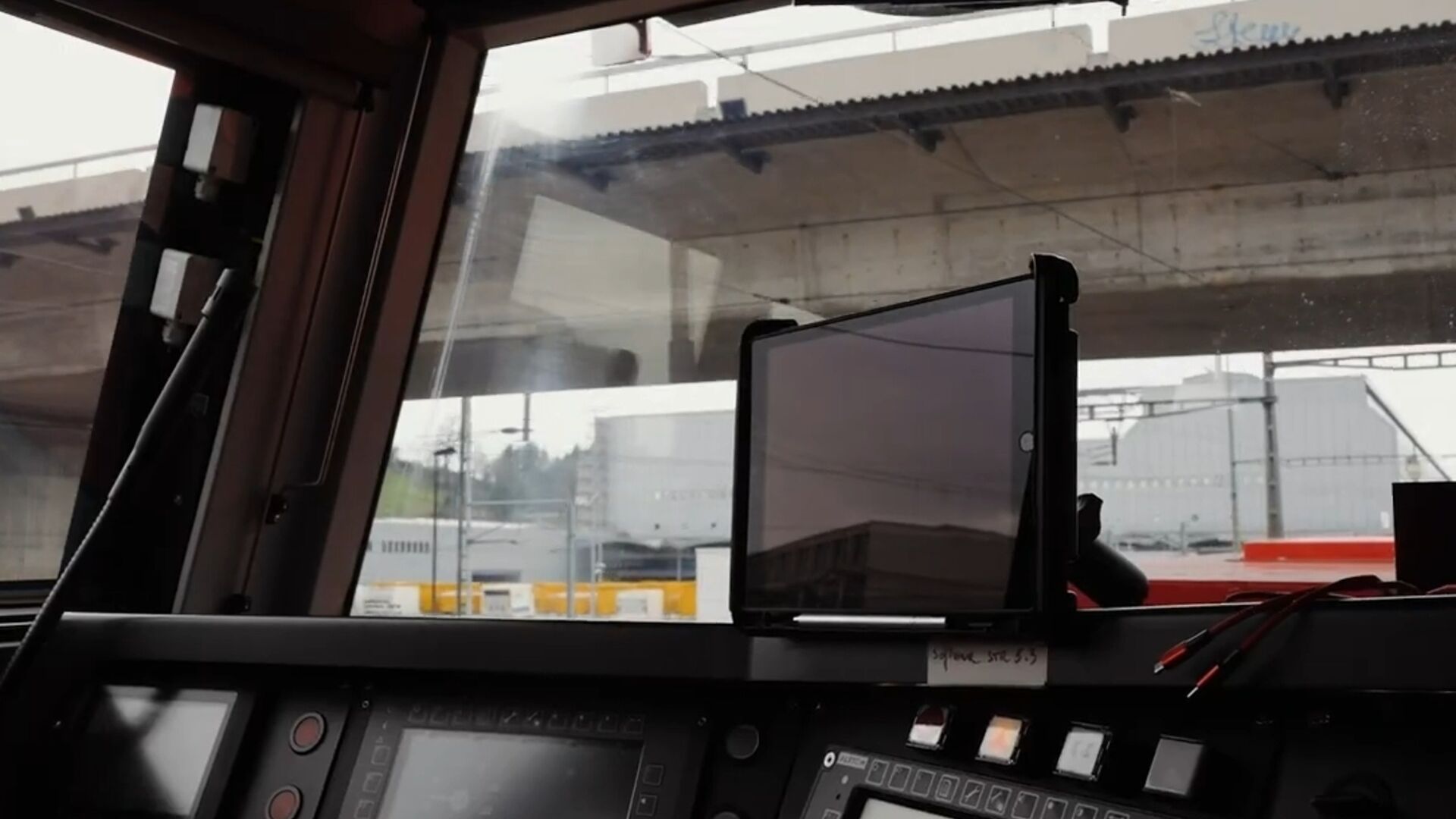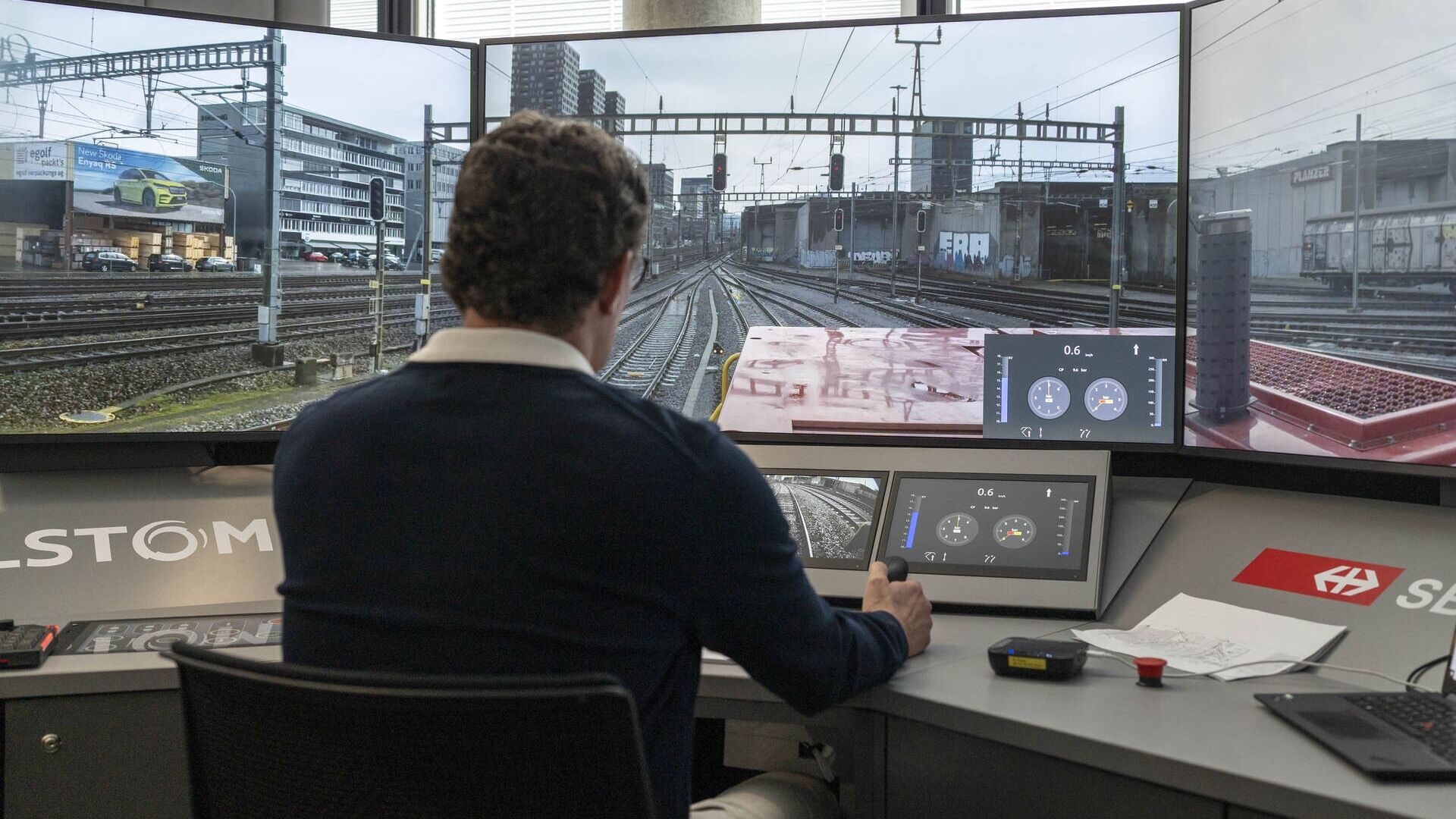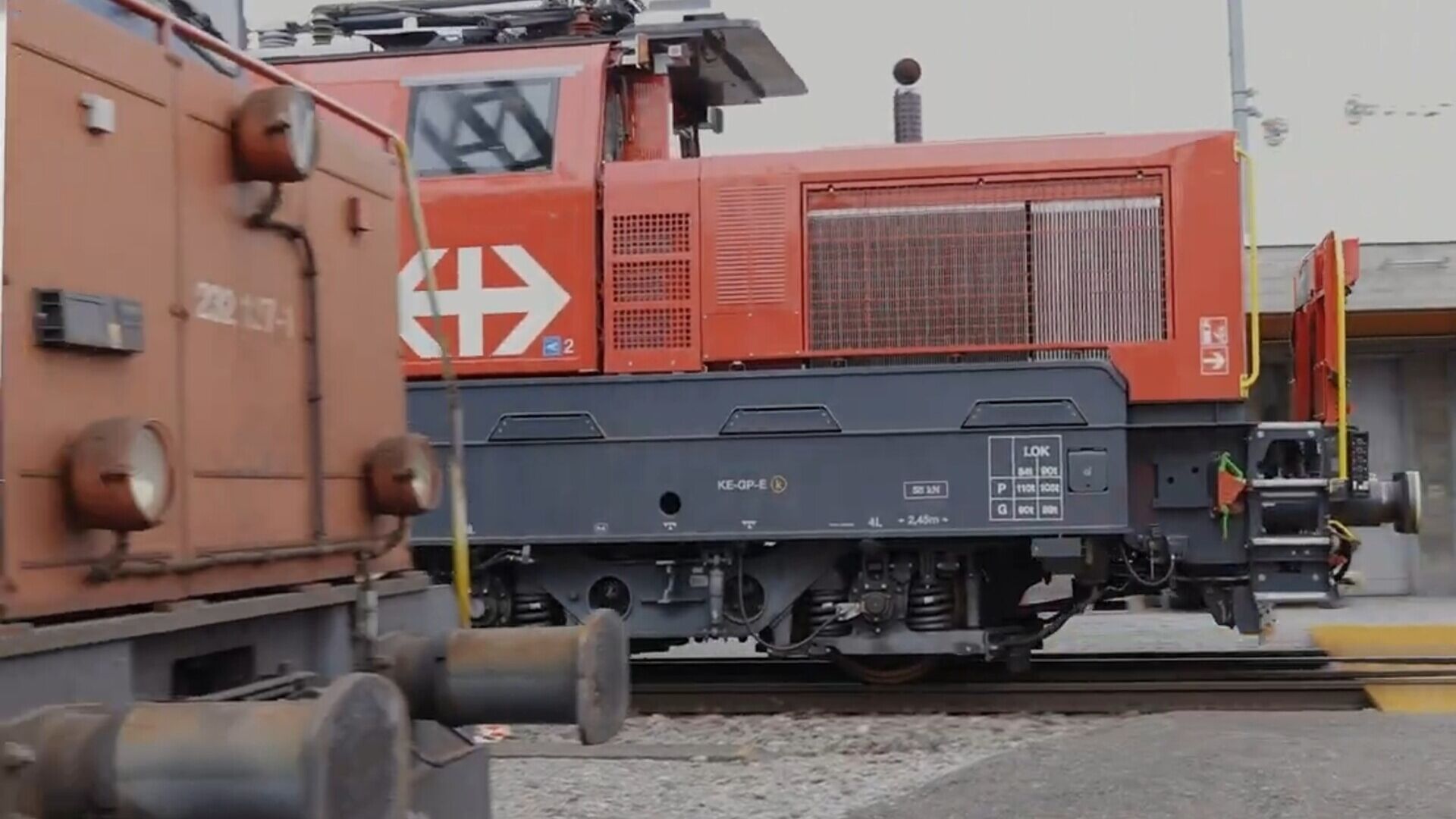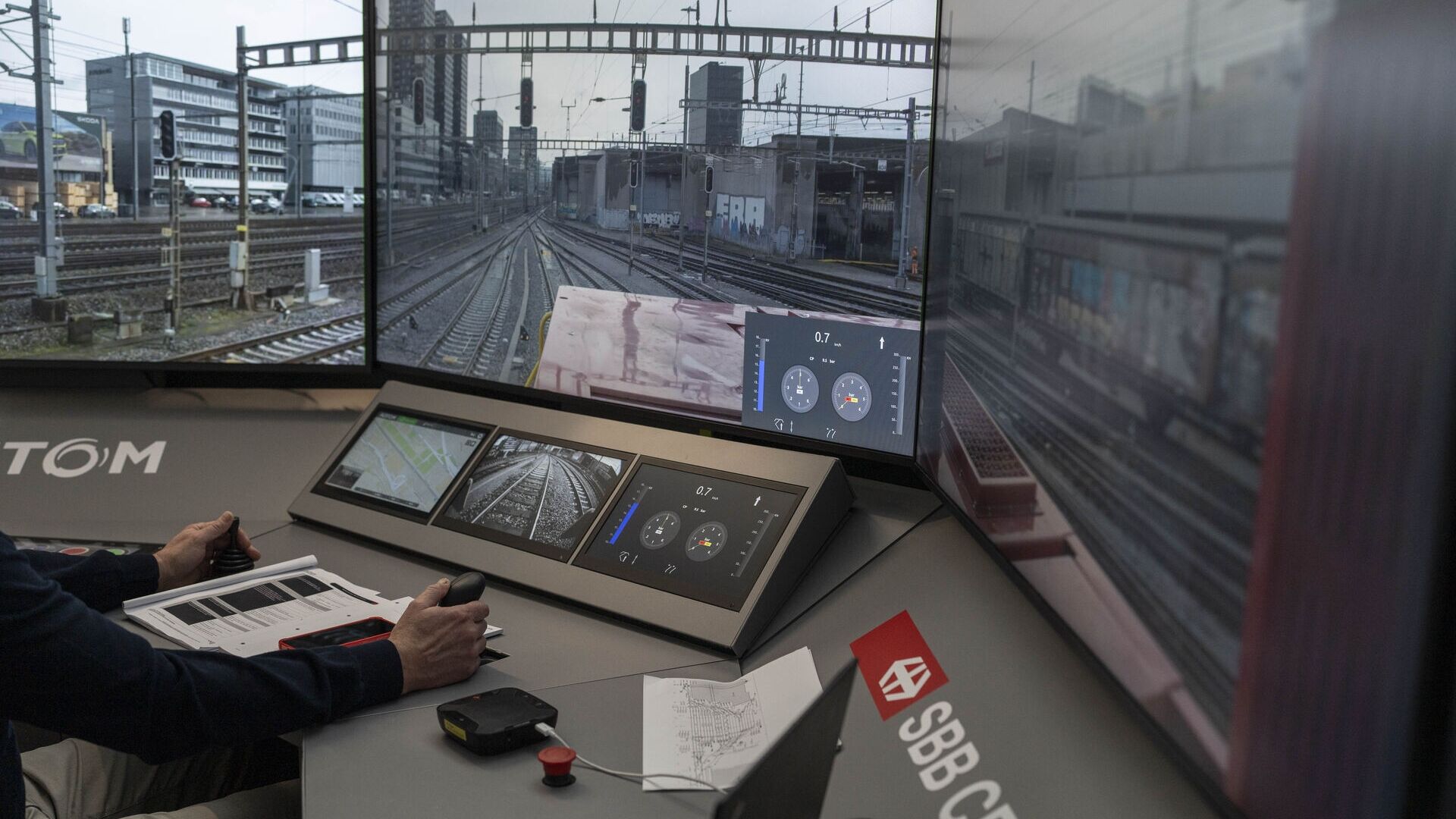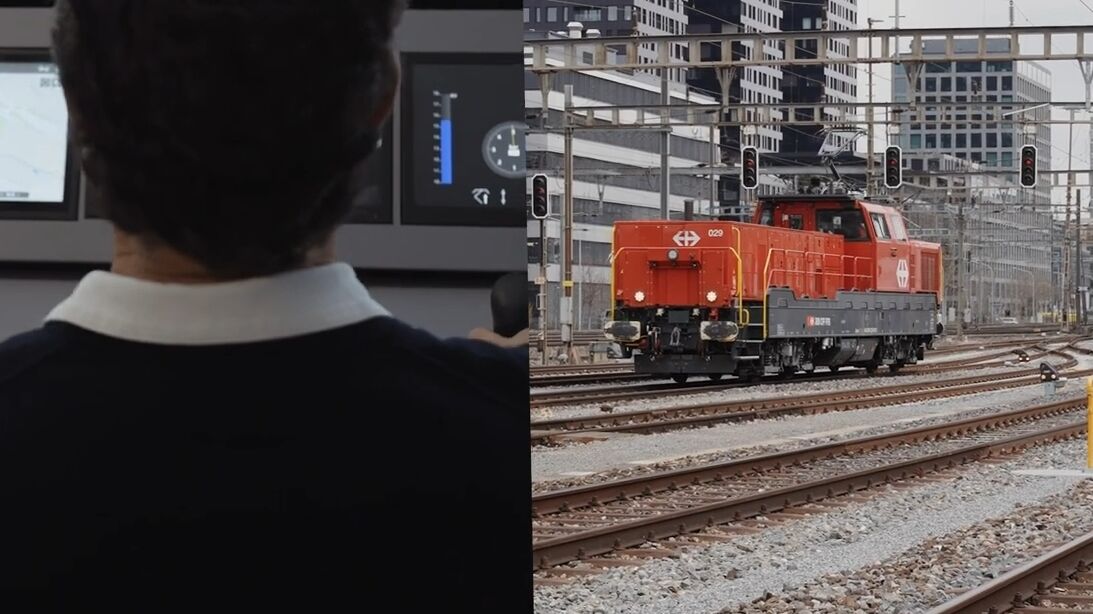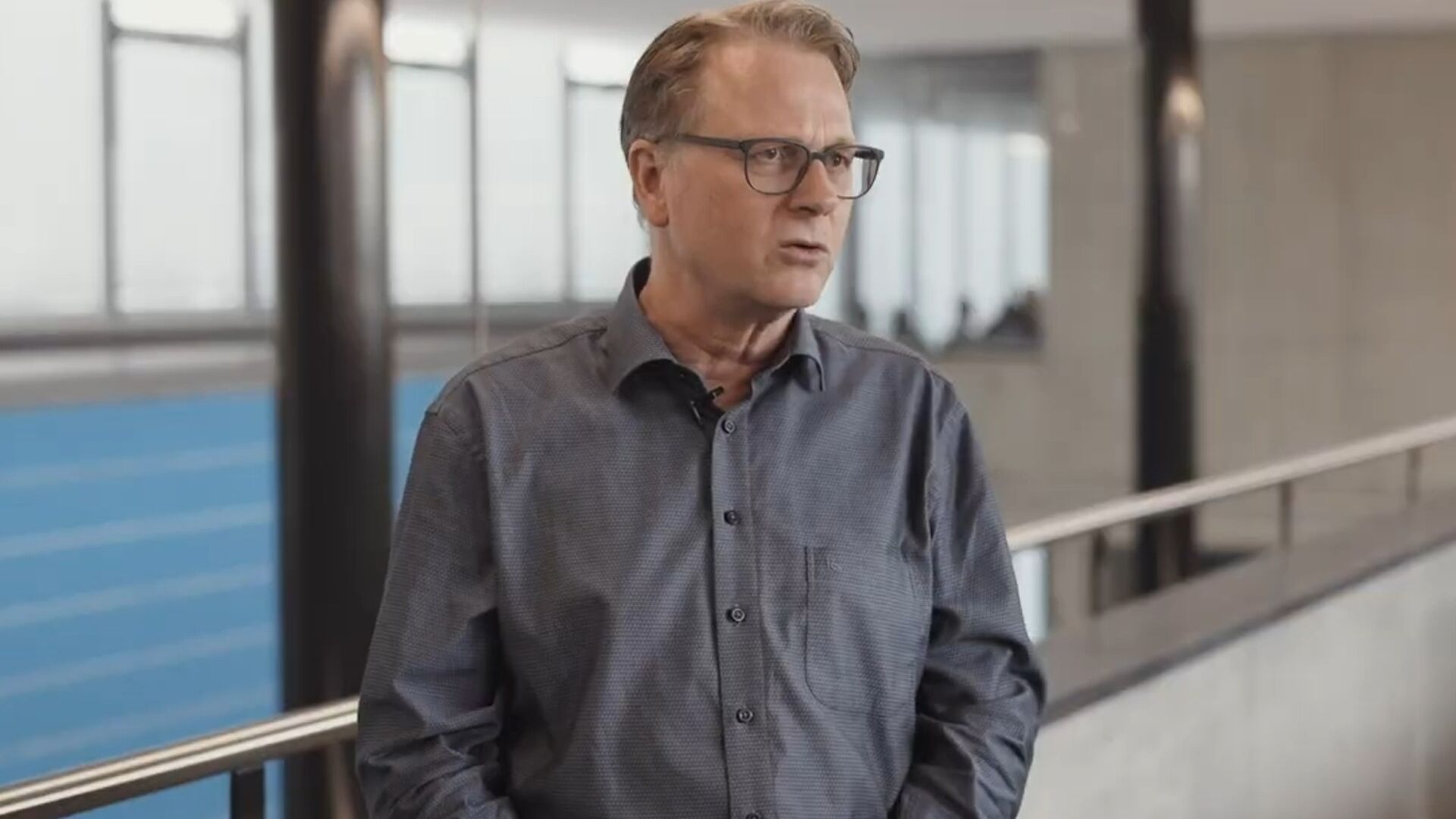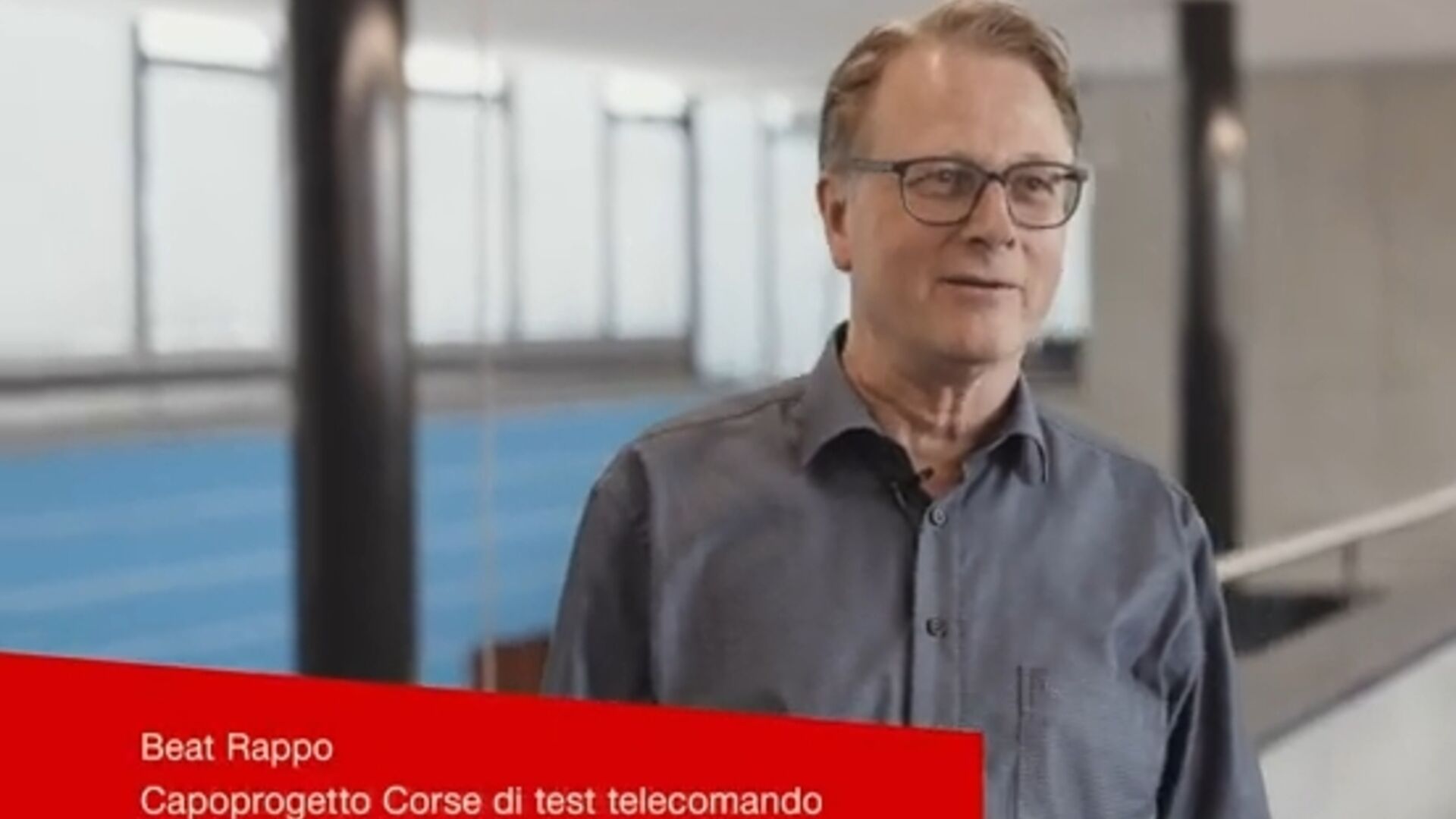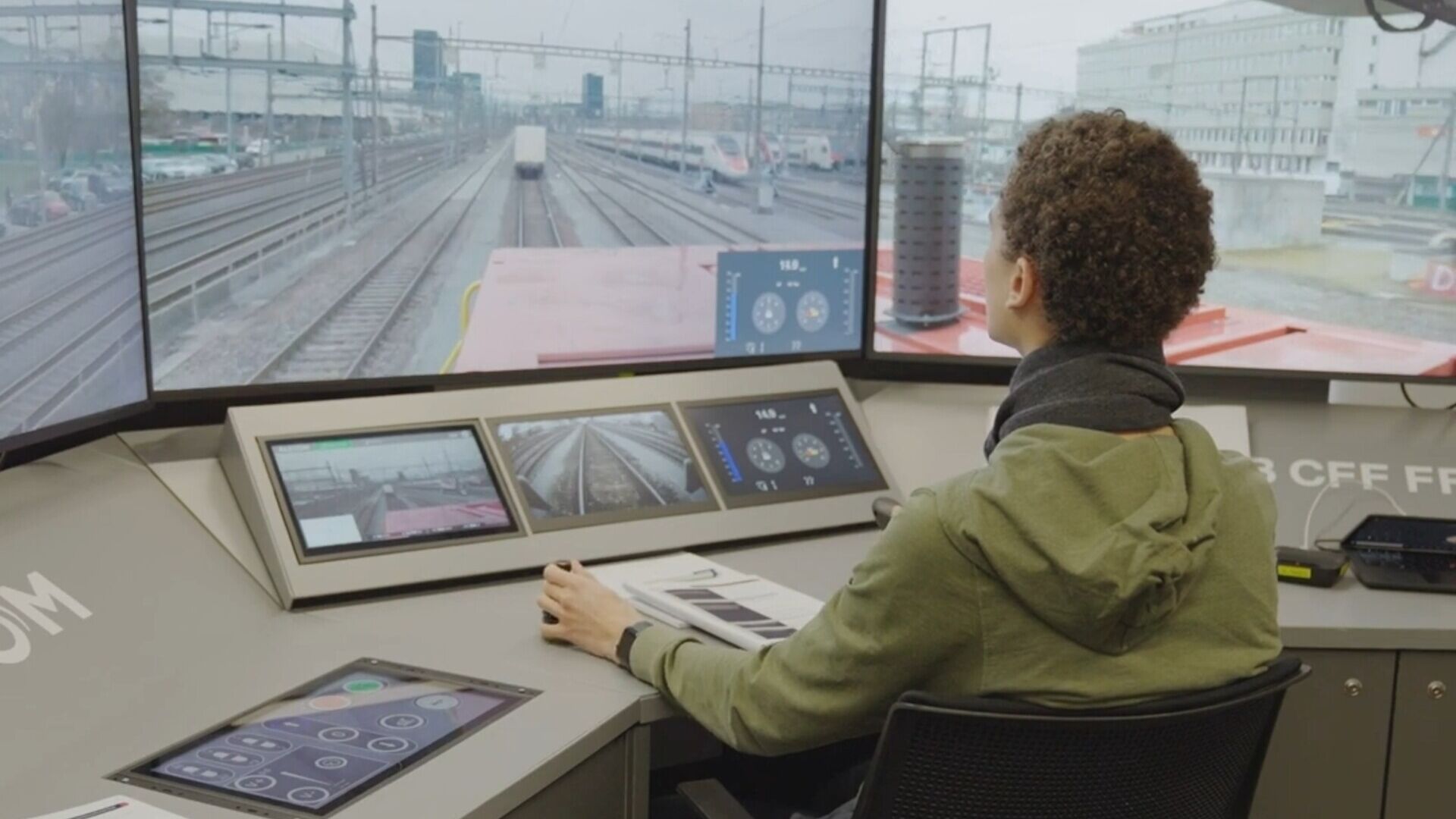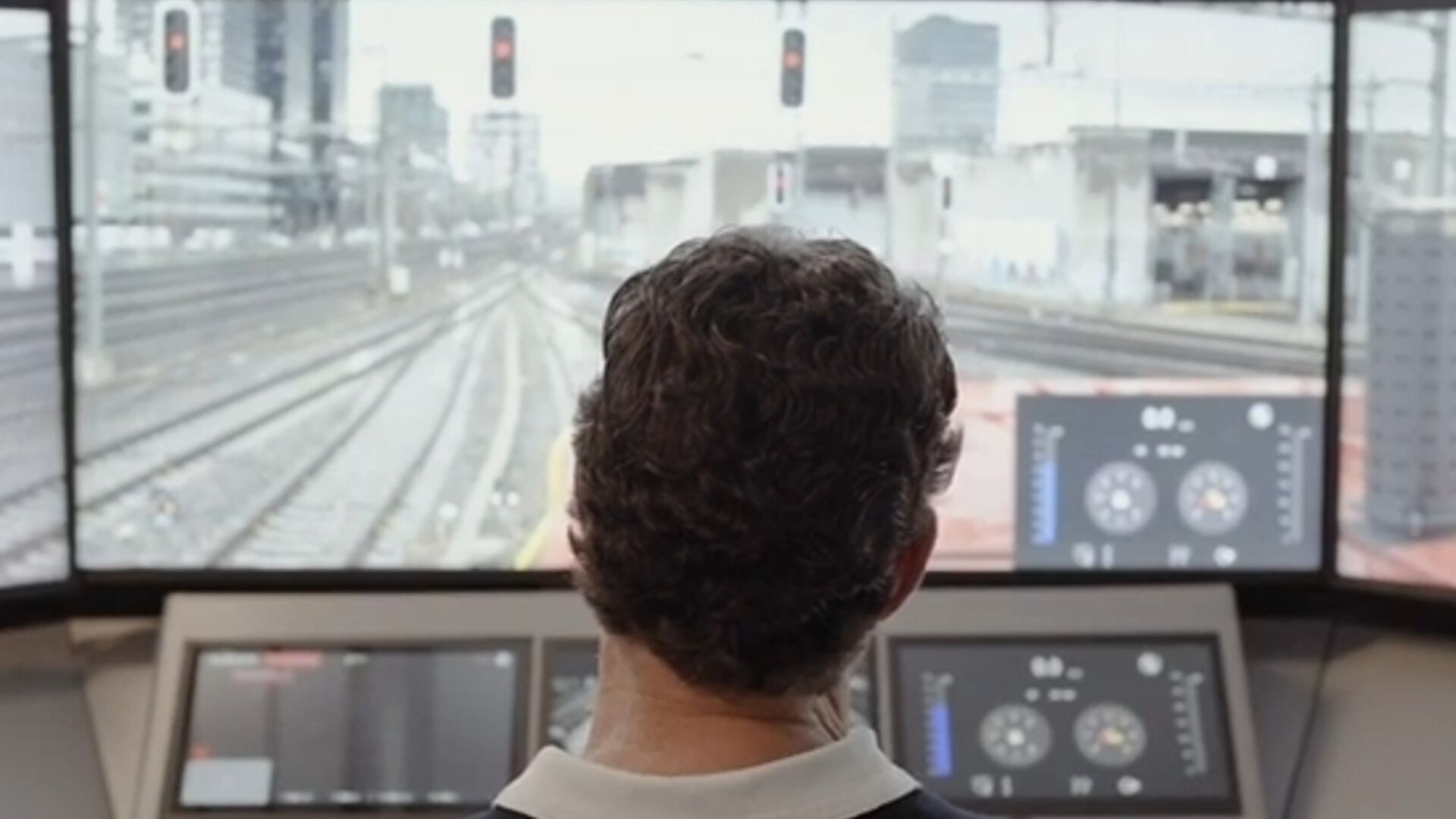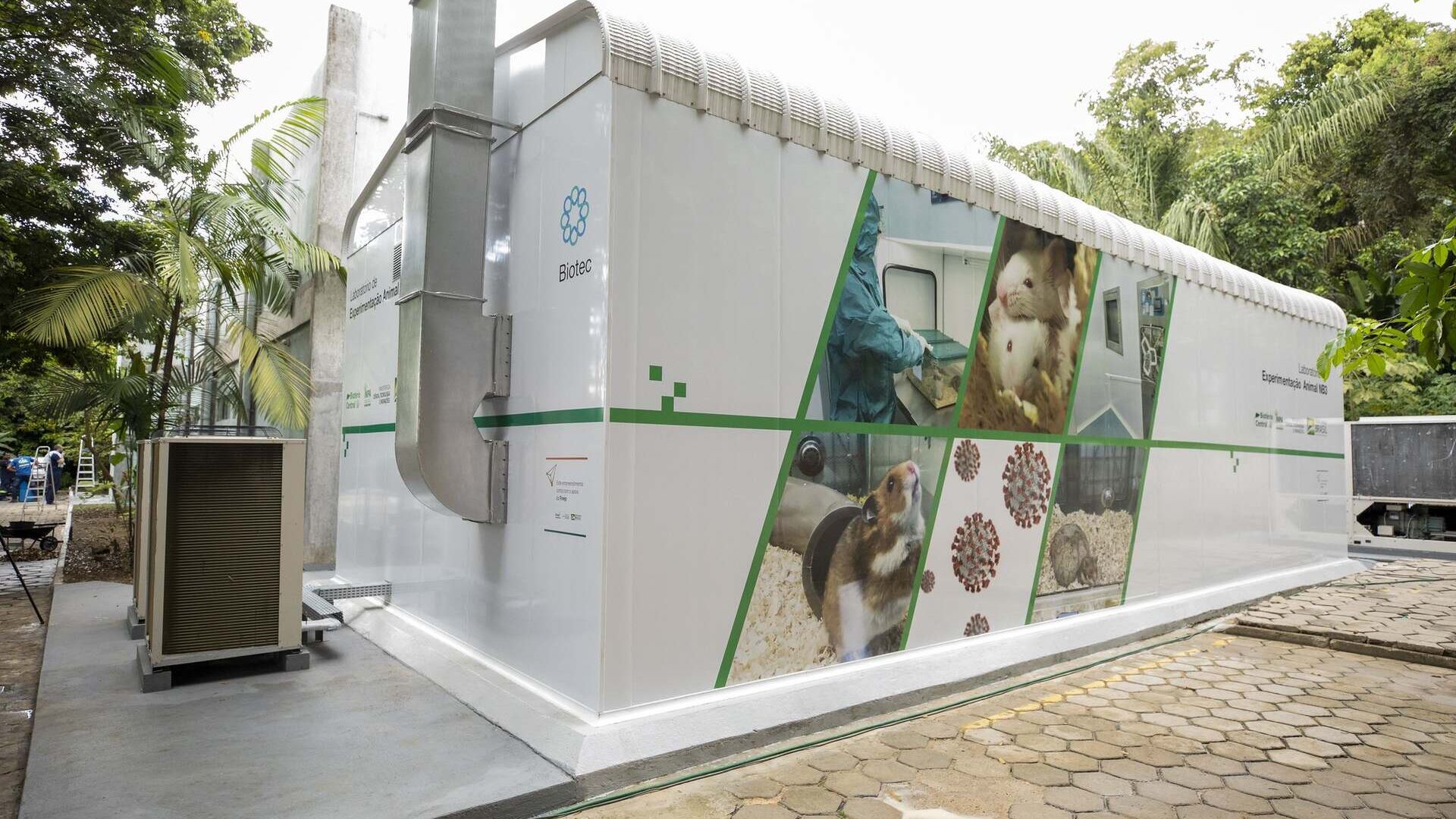Test runs in Switzerland for a remotely driven locomotive
Without interruption of operation and in collaboration with Alstom, the SBB tested a failed robot train towards a safety area
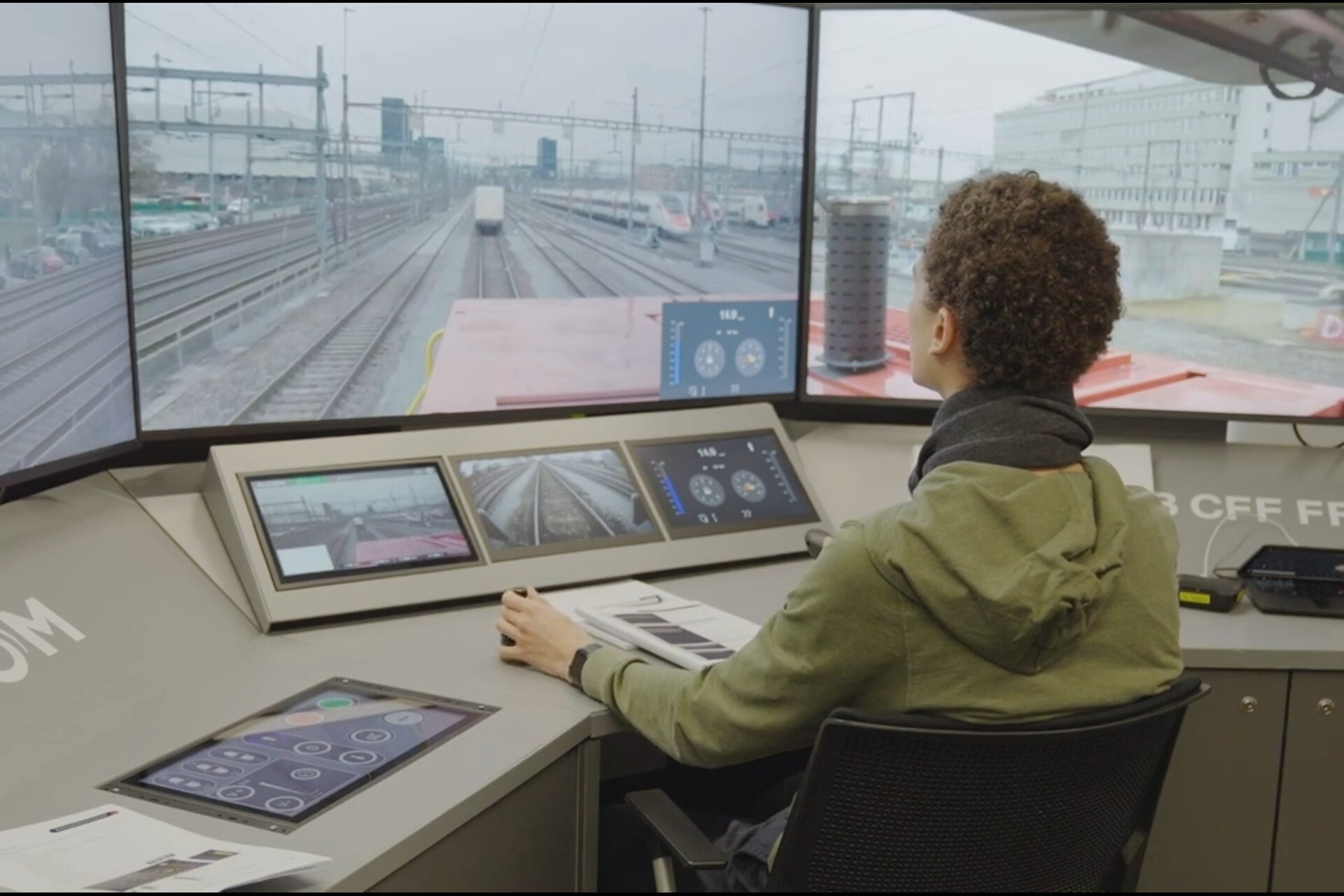
In collaboration with Alstom, the Swiss Federal Railways is among the first train operators in Europe to carry out test runs in which staff operate a locomotive remotely and without interruption to operation.
In the future, Automatic Train Operation (ATO) systems and remote control could be used for short journeys within construction sites, while self-driving trains are not currently a priority.
In February and March 2024, the SBB and the French company carried out some test runs with remote-controlled tractors: in this specific case, it was a locomotive.
The system developed by Alstom allows the tractors to be controlled from a remote control room.
With the test runs under automated operation (ATO), the possibility was verified for train drivers to remotely guide a broken-down train to a safety zone.
In the future, this mode could find use in tunnel maintenance work or on construction sites, where only a few short movements are necessary during the night and the system in question would allow greater flexibility.
Virtual railway noise is getting closer and closer to reality
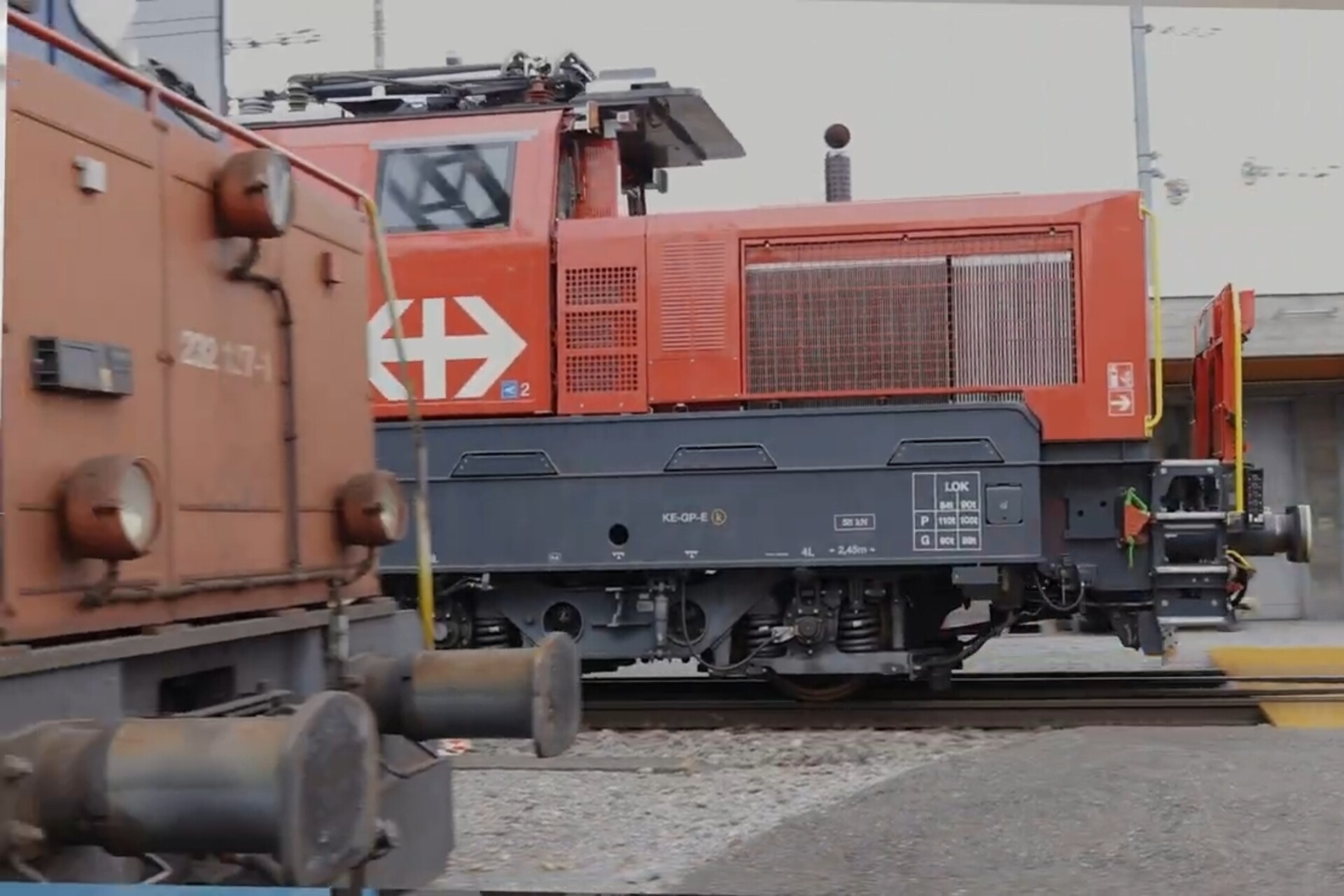
Movements between the place of admission and the arrival or departure platform
Other applications may also arise, such as moving trains between the place of storage and the arrival or departure platform.
This would allow train drivers to get on and off with passengers, as well as reduce occupational injuries such as trips or falls on the track.
However, before reaching these concrete applications, further steps are necessary, such as the development of technical systems and the adaptation of operating processes and regulations at European level, without prejudice to the fact that at the moment the use of autonomously driven passenger trains does not constitute a priority for SBB.
Swiss rail freight traffic grows with automation
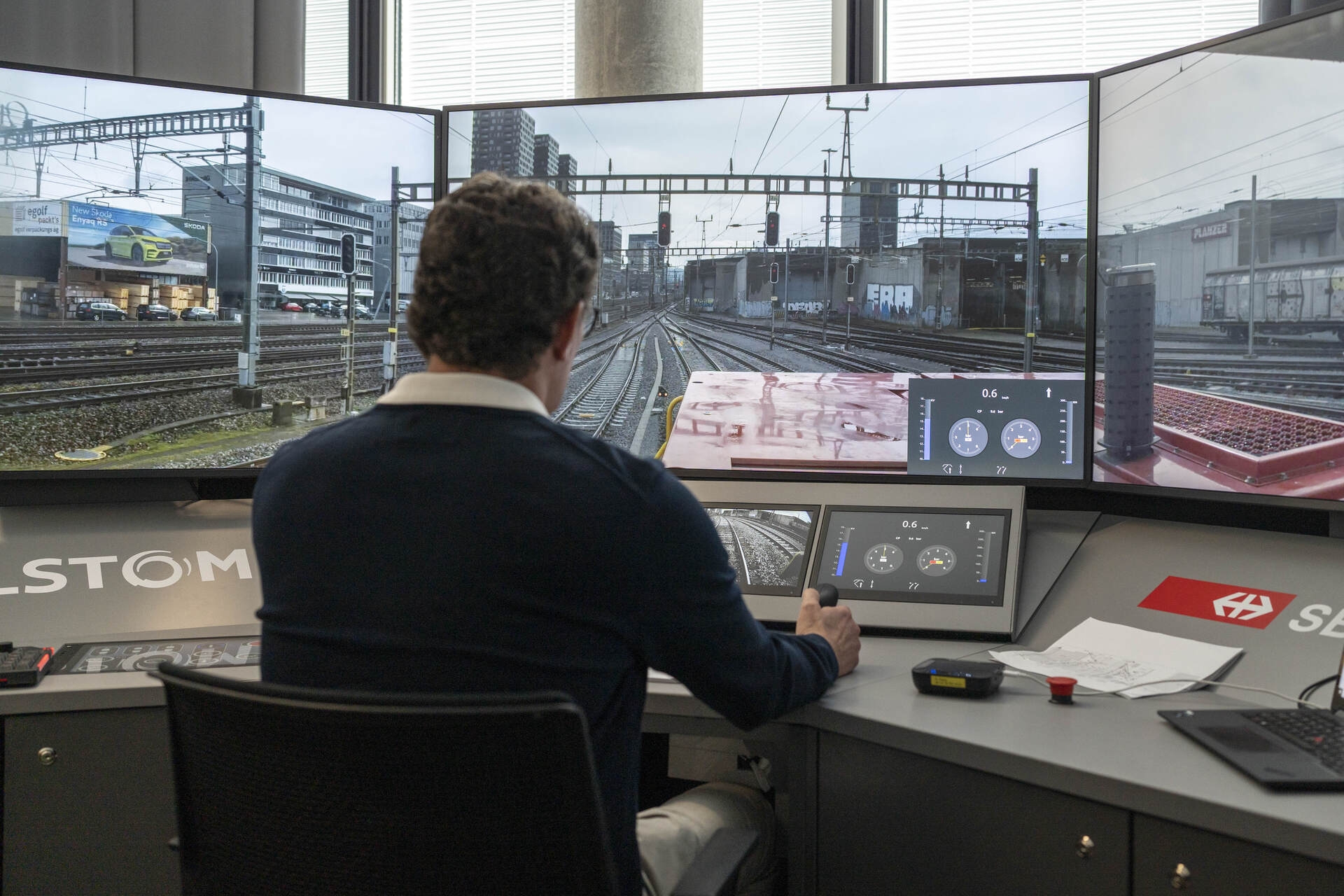
(Photo: SBB CFF FFS)
24 operators from different sectors were involved in the Oerlikon headquarters
During the test runs, 24 train drivers took on the role of “remote operators” and operated a locomotive located in Zurich Mülligen via a control panel.
It was one of the first tests in Europe conducted in an active switching station and not, as has happened so far, on tracks distant from the rest of the railway traffic.
A remote control panel developed by Alstom was used at Oerlikon: the device is similar to the control desk of a simulator, with the difference that the images on the screens are real.
Since these are recorded by various cameras installed on the vehicle, the "remote operators" are able to view the railway route, the signals and any obstacles.
An indicator to make Swiss trains even more punctual
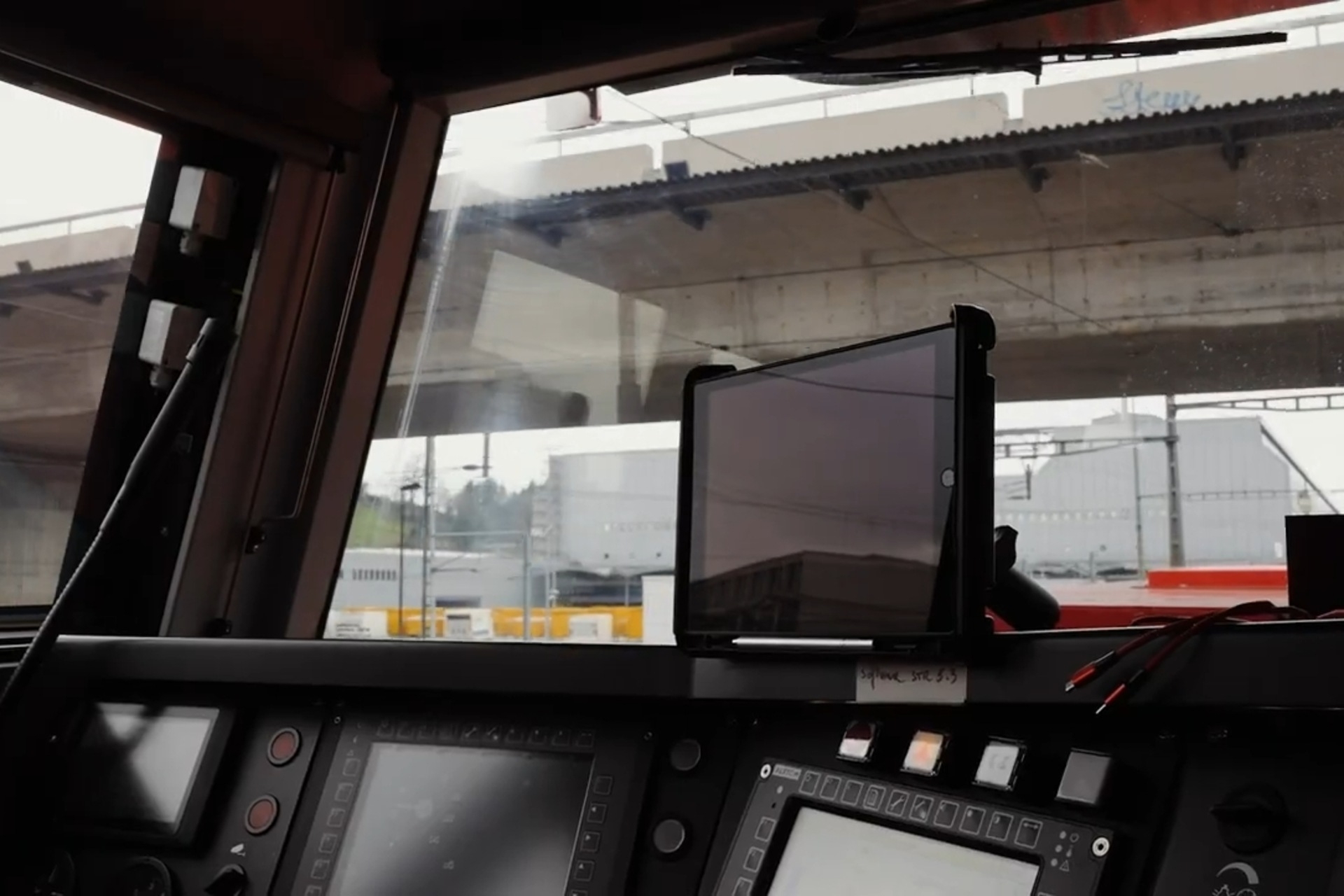
(Photo: SBB CFF FFS)
Movement at a maximum speed of 30 kilometers per hour in Zurich Mülligen
When the drivers operated the switches and other control elements, the locomotive moved to Zurich Mülligen at a maximum speed of 30 kilometers per hour.
During the tests, a test run driver and a test run manager were on board the remote-controlled vehicle.
The two figures ensured the safety of the exercise and, if necessary, could stop the march at any time.
Innovative relocation of a building at the Lugano station

(Photo: SBB CFF FFS)
Beat Rappo: “Valuable people for further development of technology”
Beat Rappo, Test Race Project Leader for remote control and a train driver himself, draws a positive balance and underlines the importance of staff participation.
“Thanks to the presence of 24 colleagues from passenger and freight traffic, as well as infrastructure and the shunting service, we received very varied feedback. These are very valuable for us with a view to further developing the technology”, he has declared.
The so-called "human factors", i.e. the role of human factors and the ability of train drivers to immerse themselves in the real situation, were evaluated as part of the test runs by specialists from the German Space Agency.
The Deutsches Zentrum für Luft- und Raumfahrt, acronym DLR, has made its many years of experience in the field of automated operation available.
The longest narrow-gauge train in the world is from Graubünden
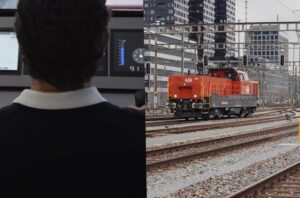
(Photo: SBB CFF FFS)
Level test runs as part of the “Europe's Rail Innovation Pillar” project
It will still take several years before remote control can be used on a daily basis.
Nonetheless, the test runs are already functional today to verify the suitability of European standardization projects and to ensure their applicability in Swiss territory, with the aim of gathering new knowledge on the interaction between human beings, technology and organisation.
The results of the test runs will be included in an interim report and a final report, which will be made available to theFederal Office of Transport.
The final public report will contribute to the definition of international specifications for the systems under consideration, also ensuring that Switzerland's needs are taken into account when formulating European standards.
The tests took place as part of the Horizon Europe program “Europe's Rail Innovation Pillar” and were financed by the Federal Office of Transport (FOT) and the State Secretariat for Education, Research and Innovation (SERI).
Swiss Post and SBB Cargo are testing an innovative shuttle train
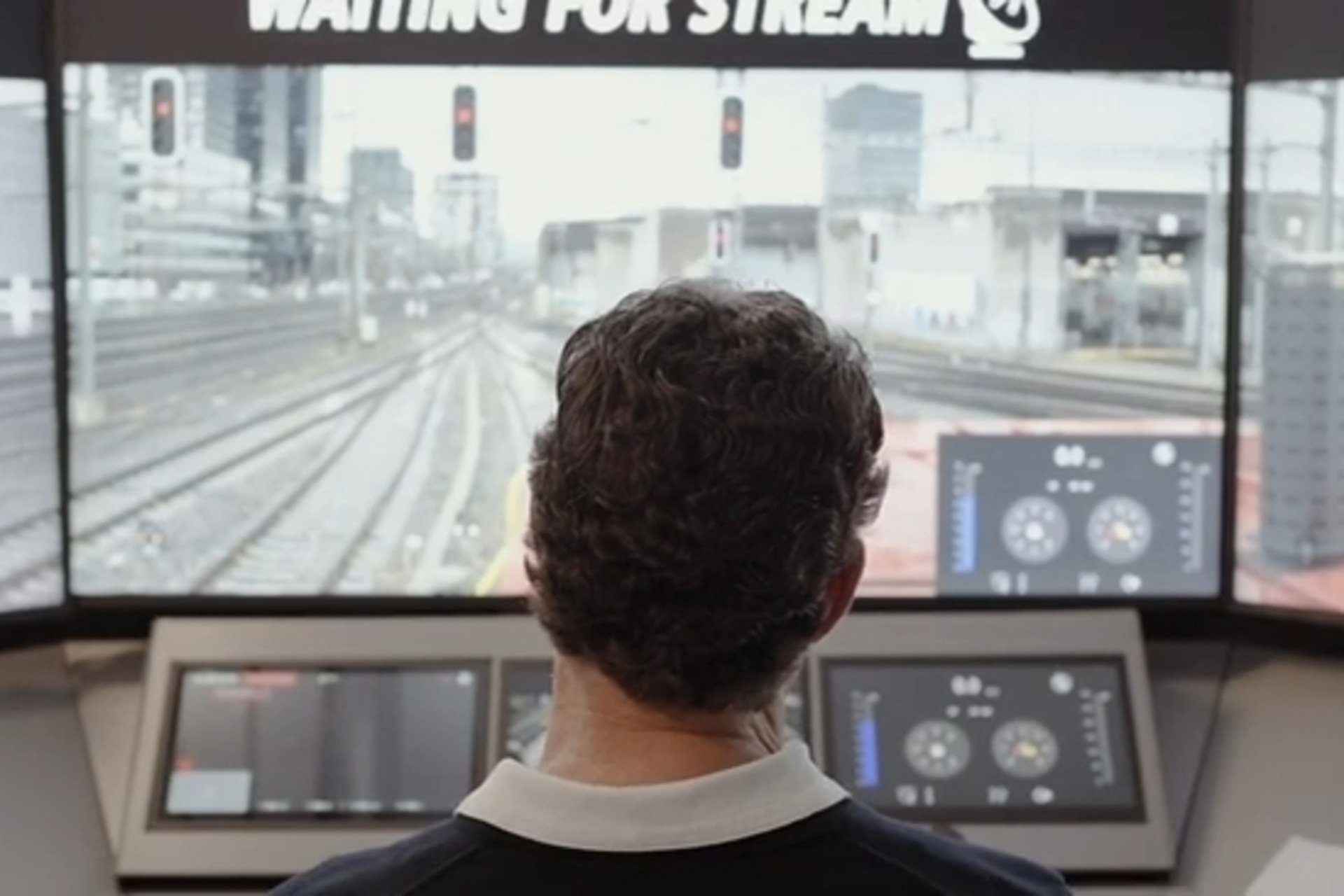
(Photo: SBB CFF FFS)
Further manager projects in the ATO field on accelerations, brakes and signs
In collaboration with the industry, SBB intends to examine various ATO projects in the coming years.
In addition to the test runs conducted in February and March 2024 with a remote-controlled tractor unit, several partial projects are planned: automatic acceleration and braking in freight traffic (presumably starting from 2025); automatic start of trains (presumably at the end of 2024-beginning of 2025); assistance in the recognition of signals and obstacles (perception systems, presumably at the end of 2024-beginning of 2025).
The planned tests are aimed at evaluating the applicability of current European regulatory projects in Switzerland and ensuring the feasibility of future standards.
Photogallery, the train of the Rhaetian Railway almost 2 km long
SBB and Alstom testing a remotely driven locomotive in Switzerland
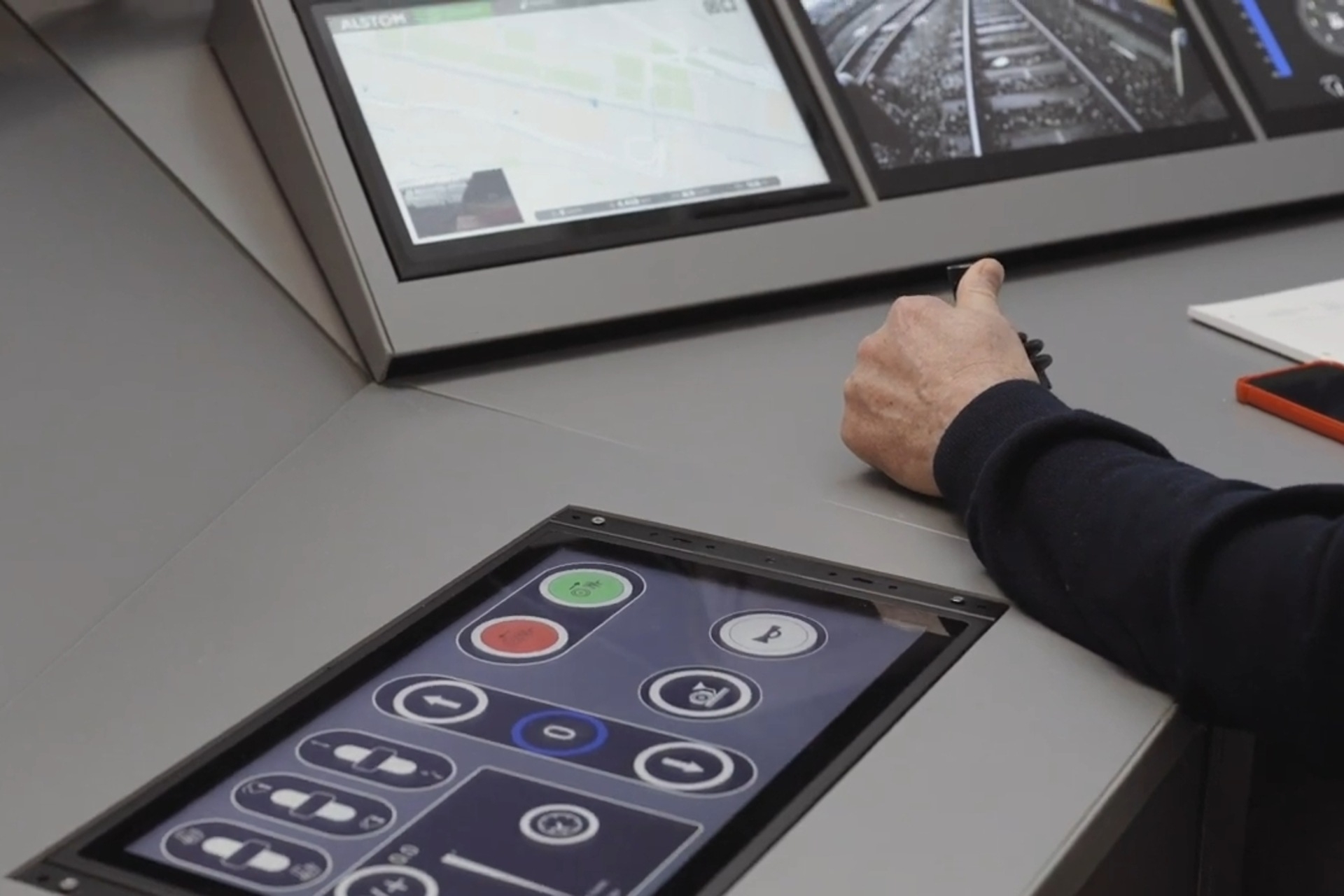
You may also be interested in:
Video, the unique ecosystem of the Lötschental alpine forest
The ideal place to study the growth of trees at different altitudes in the Canton of Valais is described in a very innovative WSL film
by Editorial staff Innovando.NewsEditorial staff of Innovando.News
Taam Ja' is the deepest “blue hole” in the world: the discovery
Marine cavity probed off Yucatan Peninsula, found four times deeper than previous record-breaking sinkhole in Belize
In Brazil the first meeting in the world between biosafety and synchrotrons
In Campinas, a NB4 level maximum biological containment laboratory will be connected to the light sources of a particle accelerator
In Alto Adige today EDIH NOI is the new point of reference for AI
4,6 million euros from the PNRR fund will be allocated to Bolzano for services to local companies in the digitalisation of intelligence…
by Editorial staff Innovando.NewsEditorial staff of Innovando.News

